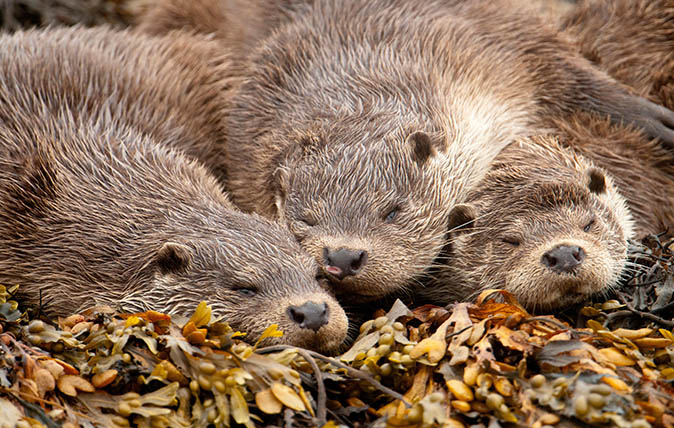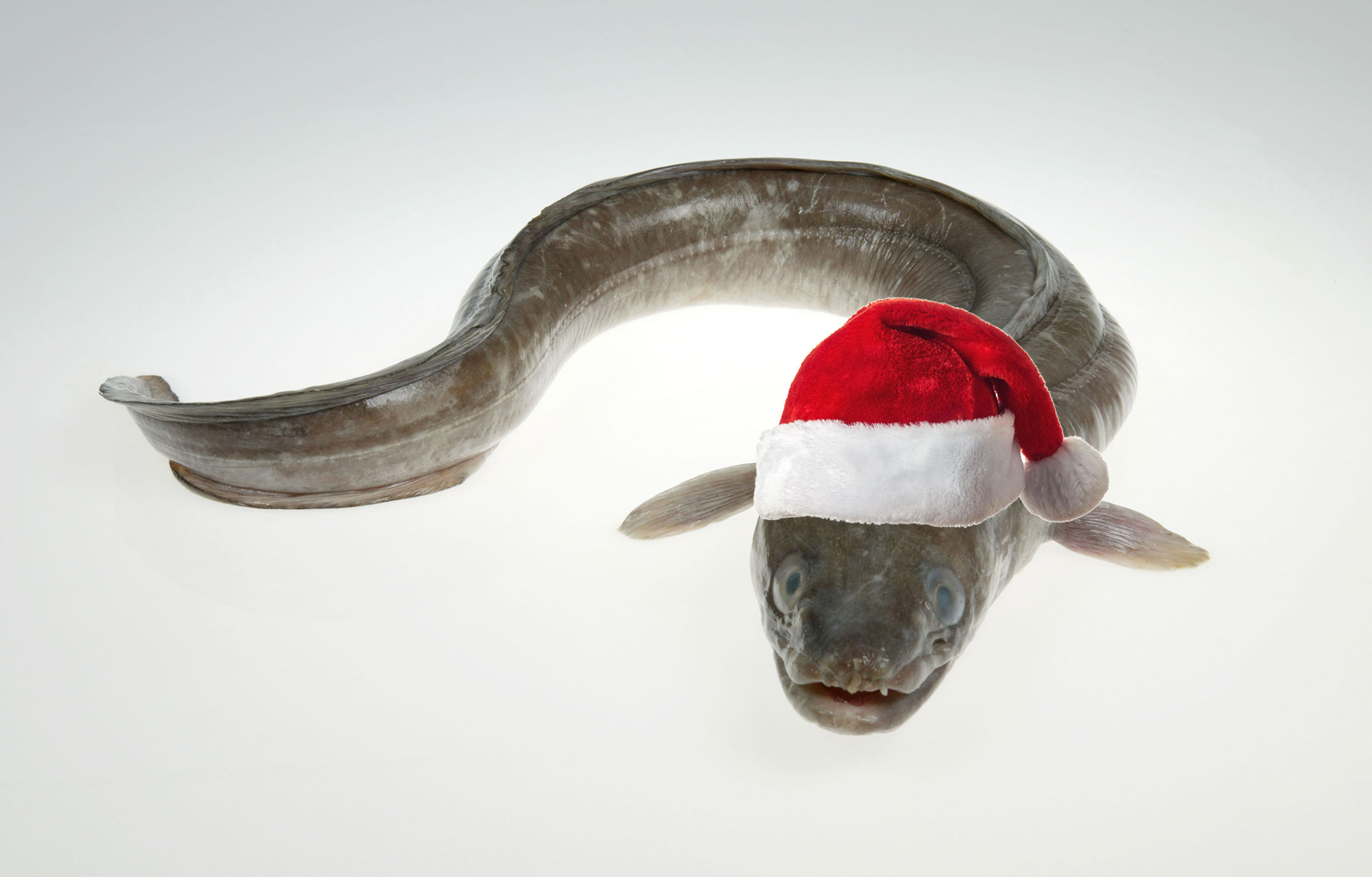
The otter population on our local river, the Beauly, seems to be getting healthier by the year. Fish heads appear regularly on the riverbank — not, perhaps, such a welcome sight to fishermen in these days of salmon famine — and, for the first time I can remember, two otters have been found dead on the road at the bottom of our fields.
When we spot roadkill badgers, we call Kate, our local sporran couturier, who fashions their heads into something fine and fearsome that will allow a true Scotsman in a kilt to smuggle his dingle-dangle into polite society. We tried her with one of the otters, but her answer was not to touch it with a pig sticker.
Both badgers and otters are protected animals, but, for reasons that are obscure, you can handle a dead badger, providing you have proof that it was scraped off the road, yet you may not possess any part of a dead otter unless you are licensed to have it for scientific, research or educational purposes — except, of course, if you identify as a raven or buzzard, in which case you can do what the hell you like.
"If grey squirrels ever breach the Cairngorms, we’ll count ourselves lucky to have the martens"
Kate is a countrywoman who has had the outside baked into her from birth. She lives far up on a hill surrounded by deer and the lonesome cries of moorland birds. Often, her only visitor is a red kite, which pays its daily respects to a specially reserved bird table outside her workshop window where she feeds it trapped mice. House-mouse numbers, however, are plummeting thanks to a friendly weasel, which shimmies out from behind the kitchen wainscot each morning and sniffs around for crumbs or leftovers. It is quite unafraid of her and scampers about under her feet. She may have to vary its diet with eggs to preserve the mouse supply for the kite.
During her Gerald Durrellesque youth, Kate’s family made annual pilgrimages from Salisbury Plain to Arnisdale in the north-west Highlands. With her parents and two siblings, she wedged herself into a Ford Fiesta accompanied by a menagerie of pet peacock, goshawk, peregrine, hamsters, two pointers and a supply of day-old chicks to feed the hawks. Each sibling could take with them only what they could fit into an old-style fertiliser bag. When they stayed with friends en route, the entire assemblage of this Noah’s Ark had to process out of the vehicle and later do the whole pantomime in reverse. It must have been quite a sight.
Meanwhile, on the west coast, another member of the mustelid family has been vexing our friend the Lovelorn Laird of the West. A pine marten, also a protected species, found a way past his electric fence and into the hen coop, where it took out the last three of his remaining chooks.

Keen to go ‘paleo’ for his Christmas repast, and having failed to convince his family of the delights of conger eel as a substitute, the laird chopped out the chewed bits and served up the hens as turkey substitute. All went well until that evening, when everyone retired to the bathroom, where they remained for the next three days. The laird blames norovirus but, as they say, I hae ma doots.
Exquisite houses, the beauty of Nature, and how to get the most from your life, straight to your inbox.
None of the hens had been eaten by the marten, which is not unusual. The species seems to kill for pleasure, the waste and effort of which is difficult to comprehend in evolutionary terms. But if grey squirrels ever breach the Cairngorms, we’ll count ourselves lucky to have the martens, which prey on the heavier, less nimble greys to the advantage of the reds.

Where, when and how to spot an otter in the wild
Otters can live in most places where there is a rocky shoreline and nearby freshwater, but these tips collated by

Credit: Alamy
Conger eel for Christmas, or how an eccentric laird's plans went horribly wrong amid a shower of blood
Joe Gibbs recounts a dinner party which he will never forget. And neither will you.